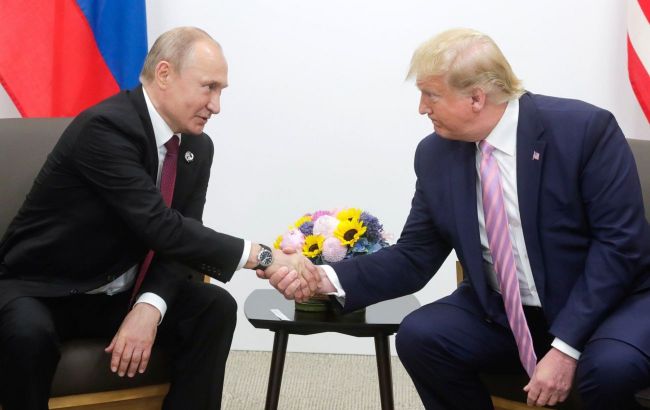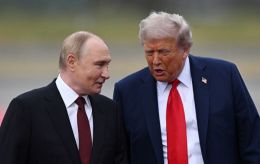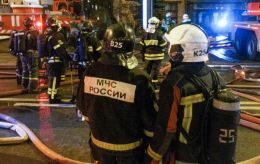Trump-Putin talks on Ukraine - PACE warns of backroom negotiations
 Photo: Donald Trump and Vladimir Putin (Getty Images)
Photo: Donald Trump and Vladimir Putin (Getty Images)
Iulian Bulai, head of the Alliance of Liberals and Democrats for Europe (ALDE) group in the Parliamentary Assembly of the Council of Europe (PACE), warns, in an interview with RBC-Ukraine, that there is a real possibility that Donald Trump and Vladimir Putin could strike a deal behind the backs of both Ukraine and Europe, drawing from historical precedent.
"As a Romanian, the Ribbentrop-Molotov Pact is something that is very much a matter of awareness in Romania. And that precedent shows us that we should never exclude any type of dialogue that could take place," Bulai said.
The MP noted that, for now, he is trying "not to worry without sufficient grounds."
"But I would like us not to exclude any scenario that we don't have any control over right now," he added.
Donald Trump has repeatedly wanted to negotiate a deal with Vladimir Putin. The details of his plan remain unclear, but statements from his team suggest that Ukraine may be pressured to make concessions to the aggressor.
Molotov-Ribbentrop Pact: Historical precedent
The Molotov-Ribbentrop Pact was a non-aggression treaty between Nazi Germany and the Soviet Union, signed on August 23, 1939, in Moscow. Named after the two countries' foreign ministers — Vyacheslav Molotov (USSR) and Joachim von Ribbentrop (Germany) — the pact included both a public agreement and a secret protocol.
The official part committed both nations to mutual neutrality and a 10-year non-aggression commitment.
However, the secret protocol divided Eastern Europe into spheres of influence:
- Germany acknowledged Soviet control over the Baltic states (Latvia, Lithuania, Estonia), eastern Poland, Bessarabia (modern-day Moldova), and Finland.
- Poland was to be partitioned between Germany and the USSR.
On September 1, 1939, Germany invaded Poland, triggering World War II. On September 17, the Soviet Union invaded Poland from the east. In 1940, the USSR annexed the Baltic states and Bessarabia. The pact remained in effect until June 1941, when Germany violated it by invading the Soviet Union.
The Soviet Union denied the existence of the secret protocol until its official acknowledgment in 1989.

